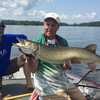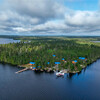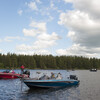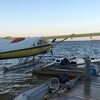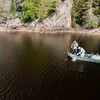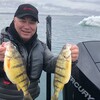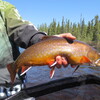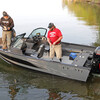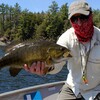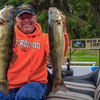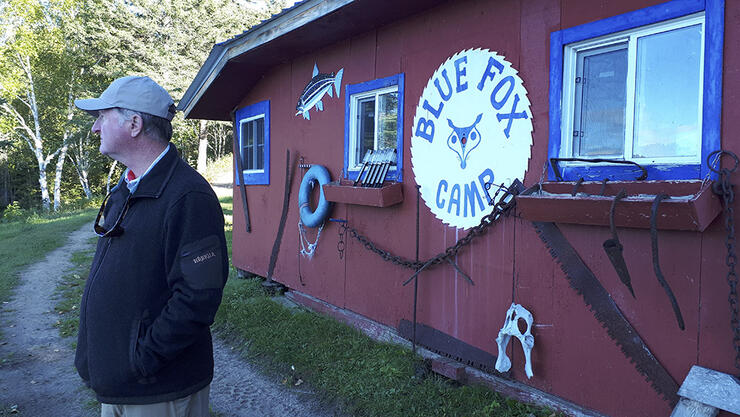Fishing the Exceptional Waters at Blue Fox Camp
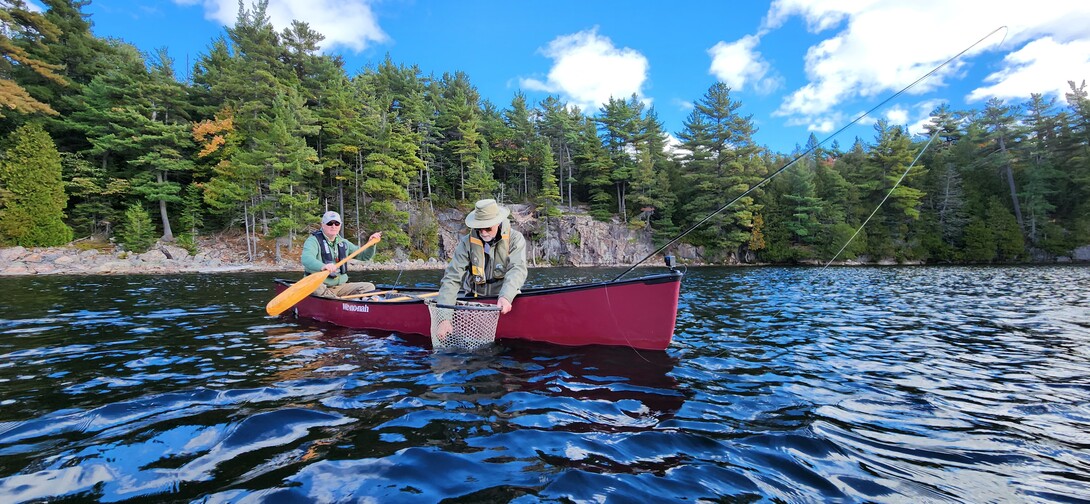
When a long-time friend and producer at The New Fly Fisher Show called me up and asked if I wanted to help with a show at Blue Fox Camp, north of Blind River in Algoma Country, I didn’t hesitate. YES, I said. I have fond memories of fishing in the Blue Lakes Area many years ago. I knew it was a special place and I have thought about heading back up to the area and to the camp many times over the years but had not found the time to do so. I wasn’t disappointed!
Blue Fox Camp is situated in the Algoma Highlands on Lake Kirkpatrick, which is the largest lake in the Blue Lakes Area. Lake Kirkpatrick and the 8 lakes directly connected to it comprise a part of the headwaters of the Little White River and are protected as an extension of the Little White River Provincial Park.
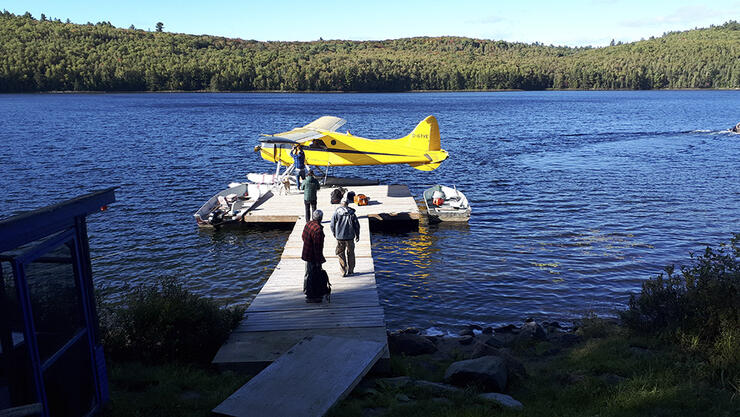
a historic camp for serious anglers
The camp itself started as a logging camp in the 1940s and transitioned to a remote fishing camp by the 1960s. It has been a major destination for serious anglers ever since. There is the main camp with comfortable cabins, a lounge/cookhouse, as well as a shower/sauna cabin. There are also two outpost camps from the main camp where anglers can find further quiet and isolation if they wish. Peter Roberts, one of the principals, has been working around the camp since the late 1990s and knows the lakes, the fishing and the behaviour of the fish.
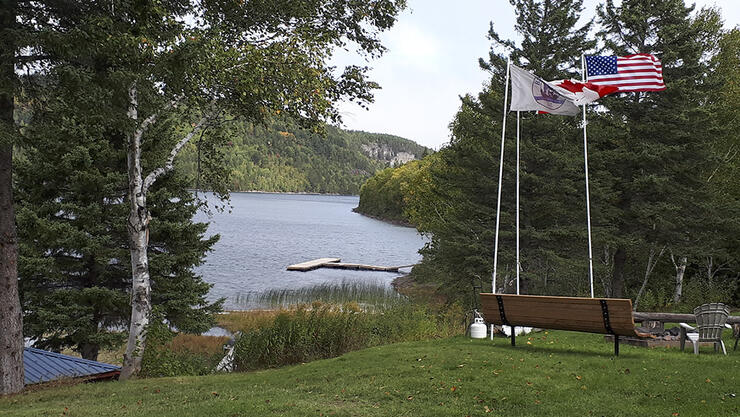
What makes this area so exceptional and exciting to fish is the unique combination of management. Back in the early 1950s, prior to concerns about native fish, Rainbow Trout fingerlings were released into Lake Kirkpatrick and from that small release, a self-sustaining lake Rainbow Trout population was established that now includes the big lake and its 8 connected lakes. The fact that these lakes also contain self-sustaining populations of native Brook Trout and Lake Trout makes this area one of the few interior lake systems in Ontario with self-reproducing populations of all three species in the same lake systems.
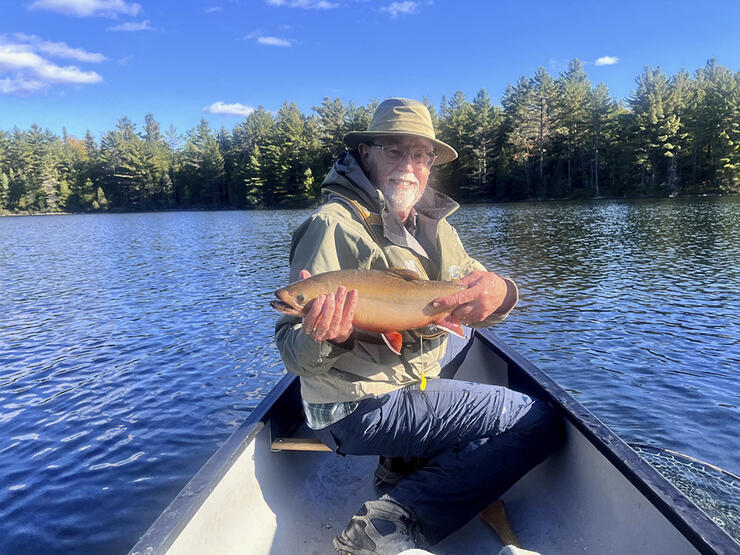
enhanced angling opportunities (thanks biologists)
The other part that makes this area so exceptional is the enhanced angling opportunities created by forward-looking Ministry biologists starting in the early 2000s. Through rigorous lake surveys, they found that many of the highest elevation ponds and small lakes on the Algoma dome were very productive with abundant populations of invertebrates and minnows but no sportfish. They postulated that this might be an opportunity to create enhanced angling opportunities to both take pressure off the naturally reproducing lakes and create the opportunity for anglers to catch trophy-sized brook trout. They expected the stocked fingerling Brook Trout to grow rapidly given the productivity and food sources in these headwater lakes. They were not wrong.
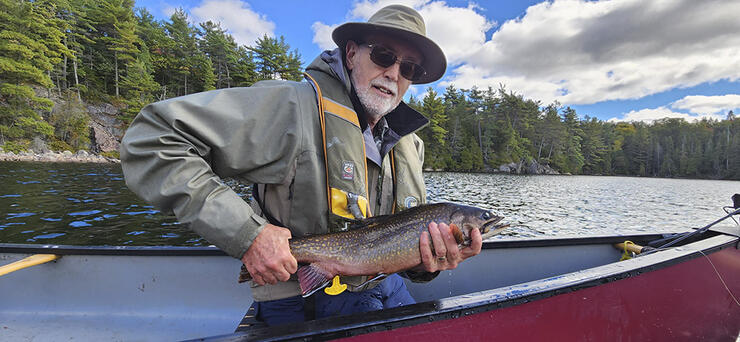
They determined that given that brook trout tend to only live 5-6 years, a staggered rotational stocking program of 5 years for specific lakes would mean that at any time some lakes would have small fish, others fish in the 2-4lb category and a few lakes with fish that could reach 8lb depending where they were in the 5-year rotation. At present 12-14 lakes are in this management process. The combination of wild populations of three species of trout AND lakes close to the camp with the potential for trophy-sized brook trout makes this area Exceptional from a management and fishing standpoint.
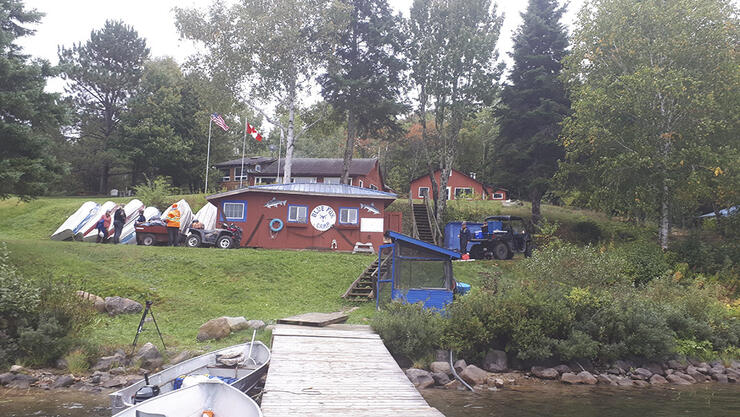
Colin and I travelled to Blind River in late September and flew into the Camp by float plane. Over a 6 day period, we fished the big water as well as focussing on two of the special management lakes above the camp. Fishing was tough with various fronts marching through the area bringing everything from bright sunshine to heavy rain, thunder and lightning, fog and low overcast, drizzly weather. Despite this, we were both rewarded with numerous Brook Trout in the 2.5-3.5lb category. I was rewarded with the largest brookie I ever caught. A beautiful 4.5lb Brook Trout that fell to my small woolly bugger. Most of our fish fell to a slowly retrieved vampire leech pattern. We did try other patterns when we saw fish chasing water boatman but the leech pattern worked best. At one point Colin and I had a doubleheader of sizeable Brook Trout. That is perhaps one of my fondest memories of my trip with Colin.

the pleasures of blue fox camp
Blue Fox Camp continues to beckon me back. The chance to fish large or small lakes for large Brook Trout in both specially managed waters and self-reproducing lakes was a special treat for me. The fact that you can also fish for Lake Trout when in season and naturalized inland Rainbow Trout is exceptional. The quiet and beauty of the Algoma Highlands surrounds you and drive all those unimportant day-to-day thoughts away. What remains is a feeling of completeness, fresh air and the pleasure of fishing with a good friend. The other great memory is heading back to camp after a day on the water, for a well-deserved drink and an amazing meal by Pete’s staff. Blue Fox Camp and the management of the area are certainly Exceptional and well worth your consideration.
Recommended Articles

10 Facts About Lake of the Woods
Ontario Brook Trout

The Tigers of Sunset Country

Predicting Lake Thickness

Casting for Coasters
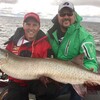
Bear Creek Bruisers
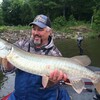
Goulais River Muskie
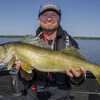
Walleye on Lake Temiskaming

A Whole Lota Lovin'
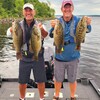
Blue Heron Resort

Baptiste Bass

Shoreline Strategies

Learn to Be Slow in a Hurry
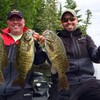
Four Seasons of Bass in Ontario

Top 5 Flies for Smallmouth Bass

Beaded Lures
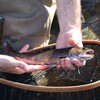
In Search of Solitude and Wild Brook Trout

Top Flies for Northern Pike
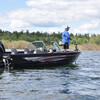
The Best of Both Worlds
